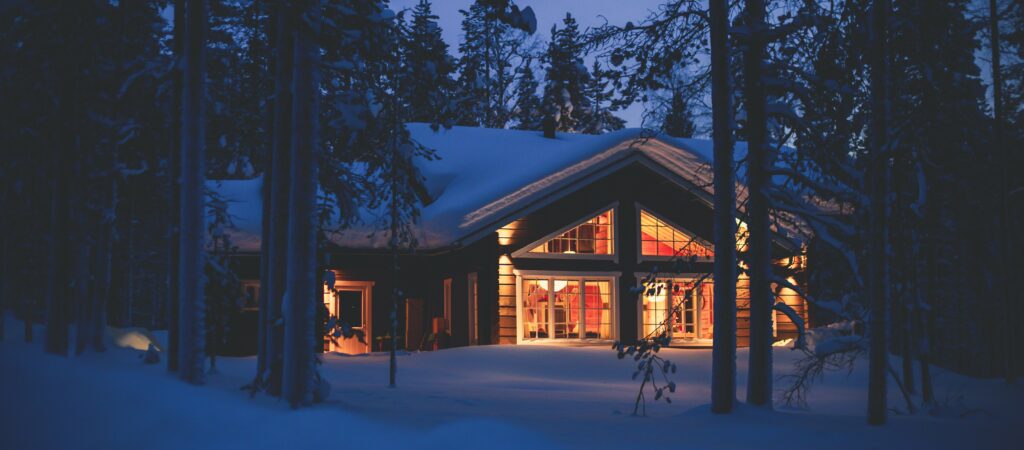
Heating accounts for a remarkable two-thirds of household energy consumption, making it the largest energy consumption area. Additionally, domestic hot water boilers, commonly found in detached houses, represent the second-largest energy consumer after heating, about 15% of all energy use.
Both heating and hot water are essential for health, comfort, and overall wellbeing, making them areas where energy efficiency measures must balance savings with maintaining comfort. Fortunately, with the right adjustments and technologies, significant energy savings can be achieved without compromising warmth or convenience.

- Radiators or floor heaters (partial heat storage in a concrete tile)
- less common: ceiling heaters
- Cheapest to install, but most expensive to consume
- Can also be used as a backup or additional heating method, e.g. alongside fire place heating
- Consumption in a single-family home is approximately 8,000-12,000 kWh/year, but there is a large variation

- Water radiators or water-circulated underfloor heating
- Heat storage
- Consumption depends on the type of heat production (alternatives include oil, electricity, pellets, geothermal heat, district heating)

- Reduce hot water use: Limit the use of hot water by installing water-saving showerheads and fixing any leaks.
Hot water boilers
- Temperature settings:
Set the boiler temperature to an energy-efficient level, typically 55–60°C. 55–60°CAvoid higher settings, as they can waste energy and cause scaling. - Insulate the tank and pipes:
Use insulation jackets on the water tank and pipes to reduce heat loss. - Off-peak heating:
Schedule the boiler to heat water during off-peak electricity hours, especially if you have a dynamic pricing contract.

Efficiency measures
Smart heating
- Optimize heating automatically based on electricity spot price, desired settings and weather forecast by using smart thermostats and temperature sensors
- Applicable for people interested in technology
- Useful also as remote controling and maintanance for houses that are not constantly in use (holiday homes)
- Cost approx. 20 000€
- Payback in 5-10 years
Scheduling
- With heat storage capabilities one can schedule heating during nighttime when ethe lectricity spot price is cheaper
Replace old oil heater
- With water circulation heating one can replace an old oil heater or electricity heater with a geothermal heat pump
- Efficiency 3-5
- Cost approx. 20 000€
- Payback 5-8 years
Lower room temperature
- Lowering 1 degree can save approx. 5% electricity cost
Ventilation efficiency
- Lowering when away
- Enabling heat recovery
Purchase air heat pump
- 1 pc can heat 30-100 square meters of living space
- Efficiency 3-5 (1kwh of electricity gives 3-5 kwh of heat), but it reduces with lower outside temperature
- Cost approx. 20 000€
- Paypack in a few years
